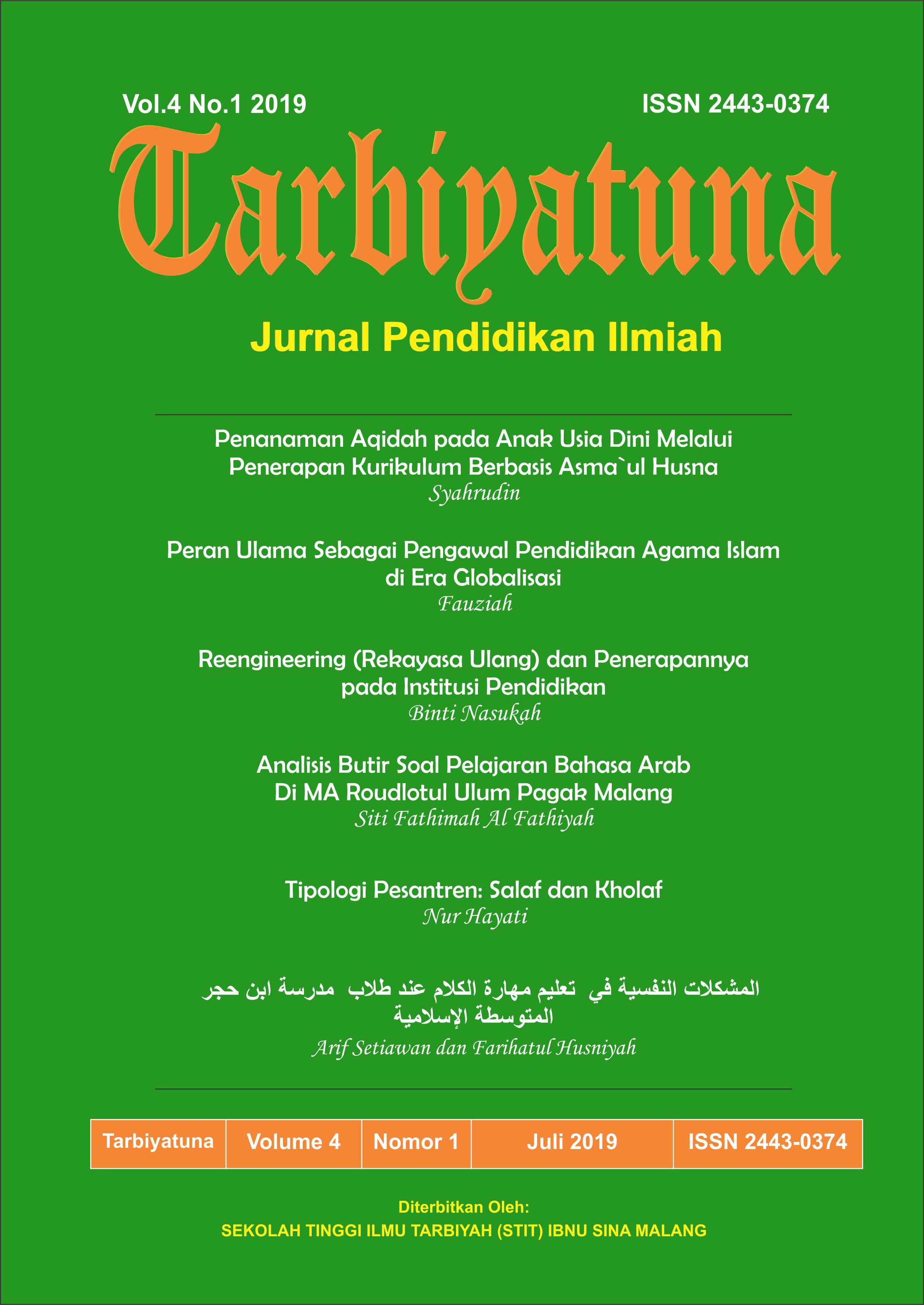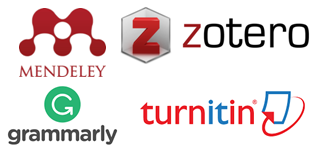Reengineering (Rekayasa Ulang) dan Penerapannya pada Institusi Pendidikan
Abstract
Today, globalization and rapidly technological advances demand educational institutions to adapt for survival. Technology, quality, effectiveness and efficiency demands, often requiring institutions to make changes, are not merely evolutionary but revolutionary. Consequently, various management, business concepts are adopted and applied with adjustments. One of them is known as re-engineering. Despite being an important topic in the early 90’s, reengineering is still rarely discussed in education. The article aims to present a discussion about the concept of reengineering, covering basic concepts, primarily in the difference with other management concepts, and its application to educational institutions–covering its component drivers ot the concept needs and the examples. Using literature study, it concludes that this concept is applicable to educational institutions, as the right tool for making institutional changes revolutionary. The concept can be applied in either support business (administrative process), or core business (process of teaching learning activities) to educational institutions. Reengineering conducted in the administrative process proved can bring up the new culture from the new system that has been built. While reengineering conducted in the teaching process proved can increase learner’s motivation and interest, due to the adoption of new methods in the process of teaching learning that involving technology.
References
Alavi, M., Wheeler, B. C., & Valacich, J. S. (1995). Using IT to reengineer business education: An exploratory investigation of collaborative telelearning. MIS quarterly, 293-312.
Al-Mashari, M., & Zairi, M. (1999). BPR implementation process: an analysis of key success and failure factors. Business process management journal, 5(1), 87-112.
Balaji, M. (2004). Reengineering an Educational Institute: a Case Study in New Zealand. School of International Studies AIS St Helens, New Zealand, Working Paper No.2.
Becher, T. and M. Kogan. (1992). Process and Structure in Higher Education. Milton Keynes: Open University Press.
Bleiklie, I., & Kogan, M. (2007). Organization and governance of universities. Higher Education Policy, 20(4), 477-493.
Brookes, M., & Becket, N. (2007). Quality management in higher education: A review of international issues and practice. International Journal of Quality Standards, 1(1), 85-121.
Danim, S. (2006). Visi baru menajemen sekolah: dari unit birokrasi ke lembaga akademik. Bumi Aksara.
Davenport, Thomas H. 1996. Process Innovation. Terj. Agus Maulana, Inovasi Proses. Jakarta: Binarupa Aksara.
Denning, P., Menascé, D., & Gerstner, J. (1995). Reengineering the Engineering School. In ASEE Conference Proceedings.
Filip, A. (2012). A global analysis of the educational market environment. Procedia-Social and Behavioral Sciences, 46, 1552-1556.
Gunasekaran, A., & Kobu, B. (2002). Modelling and analysis of business process reengineering. International journal of production research, 40(11), 2521-2546.
Hammer, Michael dan James Champy. (1994). Reengineering The Corporations: A Manifesto For Business Revolution. Terj. Marcus P. Widodo, Rekayasa Ulang Perusahaan: Sebuah Manifesto Bagi Revolusi Bisnis, Jakarta: Ikrar Mandiriabadi.
Hexiao, H., Shiming, Z., & Haijian, C. (2012). Reengineering from tradition to cloud: A case study. Procedia Engineering, 29, 2638-2643.
Jamali, G., Abbaszadeh, M. A., Ebrahimi, M., & Maleki, T. (2011). Business process reengineering implementation: developing a causal model of critical success factors. International Journal of e-Education, e-Business, e-Management and e-Learning, 1(5), 354.
La Belle, Thomas J. (1986). Nonformal Education in Latin America and The Carribbean: Stability, reform or Evolution?. New York: Praeger.
Nasution, M. N. (2001). Manajemen Mutu Terpadu (TQM). Chalia tndonesia, lakarta.
Sallis, Edward. (2012). Total Quality Manajemen in Education: Manajemen Mutu Pendidikan, Terjemah oleh: Ahmad Ali Riyadi & Fahrurrazi. Jogjakarta: IRCiSod.
Sohail, M. S., Daud, S., & Rajadurai, J. (2006). Restructuring a higher education institution: A case study from a developing country. The International Journal of Educational Management, 20(4), 279-290.
Stahlke, Herbert F. W.& James M. Nyce. (1996). Reengineering Higher Education: Reinventing Teaching and Learning. CAUSE/EFFECT. pp 45-51. Tersedia Online: http://www.cause.org/information-resources/ir-library/html/cem9649.html.
Tony Bush & Marianne Coleman. (2012). Manajemen Mutu Kepemimpinan Pendidikan, terjemah oleh: Fahrurrozi. Jogjakarta: IRCiSoD.
Weerakkody, V., & Currie, W. (2003, June). Integrating business process reengineering with information systems development: issues & implications. In International Conference on Business Process Management (pp. 302-320). Springer, Berlin, Heidelberg.
Xi, Y., Zhang, X., & Ge, J. (2012). Replying to management challenges: integrating oriental and occidental wisdom by HeXie management theory. Chinese Management Studies, 6(3), 395-412.
Yakovlev, I. V. (2002). An ERP implementation and business process reengineering at a small university. Educause Quarterly, 25(2), 52-57.








.png)

